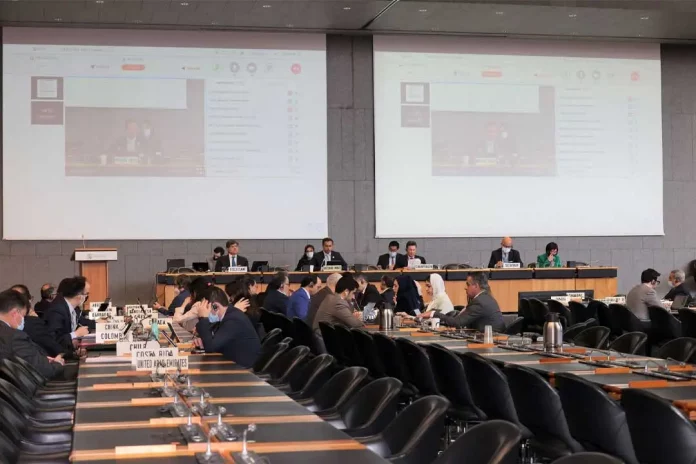A typical trade dispute arises when a member government believes another member is violating an agreement when one of its citizen companies raises an objection to a perceived unfair trade practice by a company belonging to another country. World Trade Organization (WTO) has been at the forefront of resolving international trade disputes with good success. In fact, starting 1995, a massive 612 disputes have been brought to the WTO which is the designated arbitration authority and over 350 rulings have been issued. Any member country can reach out to the WTO against another member which is supposedly discarding, unfairly subsidizing or violating any other trade agreement. If the WTO determines the case to be valid, it may levy sanctions on the aberrant member. Disputes generally arise between two or more companies belonging to different nations.
A recent example of a trade dispute
In July 2016, the United States filed a dispute in WTO against China. As per the complaint China was unfairly taxing exports of high-demand raw materials like antimony, graphite, and magnesia. As China mines more than two-thirds of the world’s supply of these metals, the export tax inflated the prices of these exports steeply, thus putting several US based companies at a severe disadvantage. The WTO encouraged negotiations between the two superpowers to deescalate tensions and discourage prolonged legal process. The US was victorious in similar cases against different raw materials in 2009 and rare earth metals in 2012.
Common types/causes of global trade disputes
Payment terms: Usually offering payment terms as part of contract negotiations facilitates healthy competition. In most cases, the benefit of winning a contract by offering payment terms comes with a risk factor; the risk of not being able to collect the receivables. As a common practice a nominal advance is paid and the rest is left for the post delivery phase. In some cases, the payment is withheld/delayed by the importer citing various reasons. It may include delay in delivery, unsatisfactory quality of goods on inspection, product modifications without prior approval, blockage at port due to law changes etc. Under such circumstances where both parties contest certain points, it evolves into a dispute.
Letter of guarantee: Letters of guarantees and letters of credit are common methods of security obtained by buyers from sellers against non-compliance on contractual terms. In such cases, a dispute may arise if the buyer misuses the document to draw additional funds without the consent of the seller.
Foreign exchange rates: As a common practice in international trade, both the transacting parties agree to trade in currencies other than their respective home currencies. Due to the volatile nature of FOREX rates, changes are common causing currencies to appreciate/depreciate. In a hypothetical scenario where the buyer’s currency depreciates in the FOREX market, the company ends up paying more than what was agreed on. Such scenarios generally give rise to disputes.
Documentation errors: Several crucial documents in international trade including letter of guarantee, letter of credit, forward contracts, futures etc., are sometimes subject to error mostly human in nature. Errors on such critical documents often have implications on deliveries and payments. A dispute arises when the error or the erring party is not determined.
Effective and quick dispute resolution
Apart from the traditional litigation procedure, which is often lengthy and costly, there are other methods to resolve trade disputes. These methods have also been approved by the WTO. These are also referred to as Alternative Dispute Resolution (ADR) methods.
Arbitration: As agreed by both parties in the contract, a neutral arbitrator negotiates the proceedings for dispute resolution in such an arrangement. The decision of the arbitrator is often final, binding on both parties and enforceable by a court.
Mediation: It is a process where a mutually agreed upon mediator facilitates negotiations between both the parties without taking any proactive stance or offering solutions.
Conciliation: This is a mid-ground between arbitration and mediation where the conciliator meets both the parties separately and comprehends both the perspectives before suggesting solutions. It’s more of an exercise to rebuild goodwill and re-establishing bonds between the counterparties.
Also Read:


